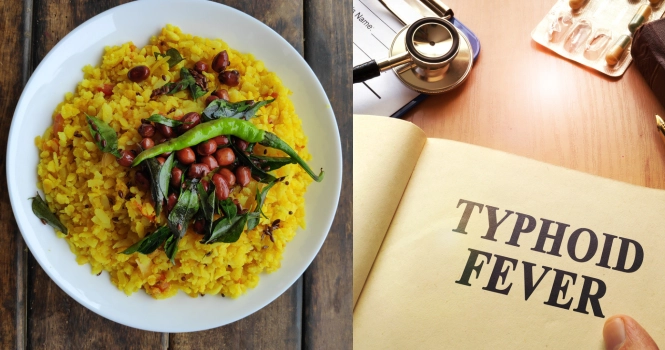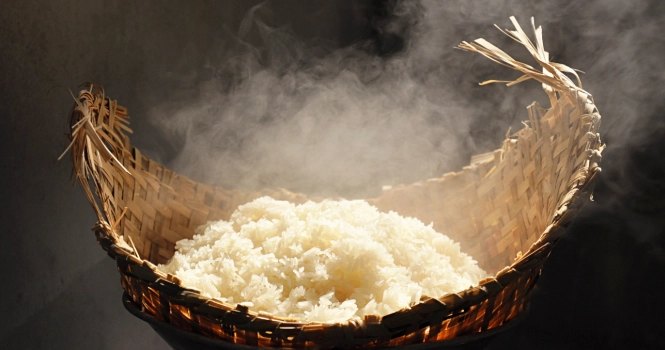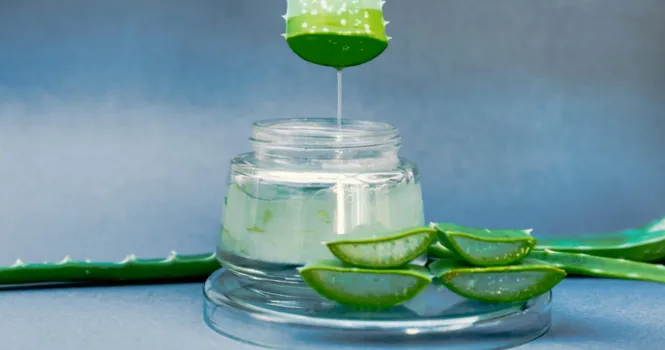Navigating a Typhoid Diet: Is Poha a Safe Choice?

Typhoid fever often necessitates a carefully chosen diet to aid in recovery and ease symptoms. With digestive health being a primary concern, it’s crucial to select foods that are gentle on the stomach yet nutritious.
Poha, a popular Indian dish made from flattened rice, is frequently considered for its light and easily digestible nature.
Let’s explore whether poha is a suitable food option for those recovering from typhoid, offering insights into its nutritional benefits and how it can be incorporated into a typhoid-friendly diet.
Poha, also known as flattened or beaten rice, is a staple in many Indian households due to its versatility and quick cooking time. It’s revered for being light on the stomach with low calories and providing a good balance of carbohydrates and essential nutrients, making it an ideal breakfast or snack option.
Is Poha Suitable for a Typhoid Diet?
When dealing with typhoid, the focus is on consuming foods that are easy to digest and low in fiber, as high-fiber foods can be taxing on the digestive system. Here’s why poha might be considered during typhoid recovery:
1. Easy Digestibility: Poha is processed in a way that makes it easier to digest compared to other whole grains. This can be particularly beneficial during typhoid when the digestive system is sensitive.
2. Light on the Stomach: Being light and not overly spicy, poha can provide necessary carbohydrates and energy without causing discomfort or aggravating symptoms.
3. Versatility: Poha can be prepared in a very simple, bland form, making it suitable for a typhoid recovery diet, where strong spices and oils are often avoided.
Preparing Poha for Typhoid Recovery
To ensure poha is appropriate for someone recovering from typhoid, it should be prepared in a simple, easily digestible manner. Here’s a basic recipe:
Ingredients:
- 1 cup poha (flattened rice)
- A pinch of salt
- 1/2 teaspoon turmeric powder (optional, for its anti-inflammatory properties)
- 1 teaspoon ghee or olive oil
- Water for rinsing and soaking poha
Instructions:
- Rinse the poha gently under running water, then soak in clean water for about 2-3 minutes. Drain thoroughly to remove excess water.
- In a non-stick pan, heat a teaspoon of ghee or olive oil. Add turmeric powder if using, for its natural antiseptic qualities.
- Add the softened poha to the pan with a pinch of salt. Stir gently, allowing the poha to heat through without frying.
- Serve warm, keeping the portion size moderate to ensure it’s easy to digest.
While poha is generally considered a safe and nutritious food option, it’s essential to tailor dietary choices to individual health conditions, especially when recovering from illnesses like typhoid. Poha, when prepared in a simple, non-spicy manner, can be a part of a typhoid recovery diet, providing a source of energy and comfort without straining the digestive system.
However, it’s crucial to consult with your doctor before making significant dietary changes during typhoid recovery. They can provide personalized advice based on your specific health needs and recovery progress.
Remember, the key to incorporating poha into a typhoid diet is in its preparation—keep it plain, lightly seasoned, and in moderation to aid in your recovery process.












